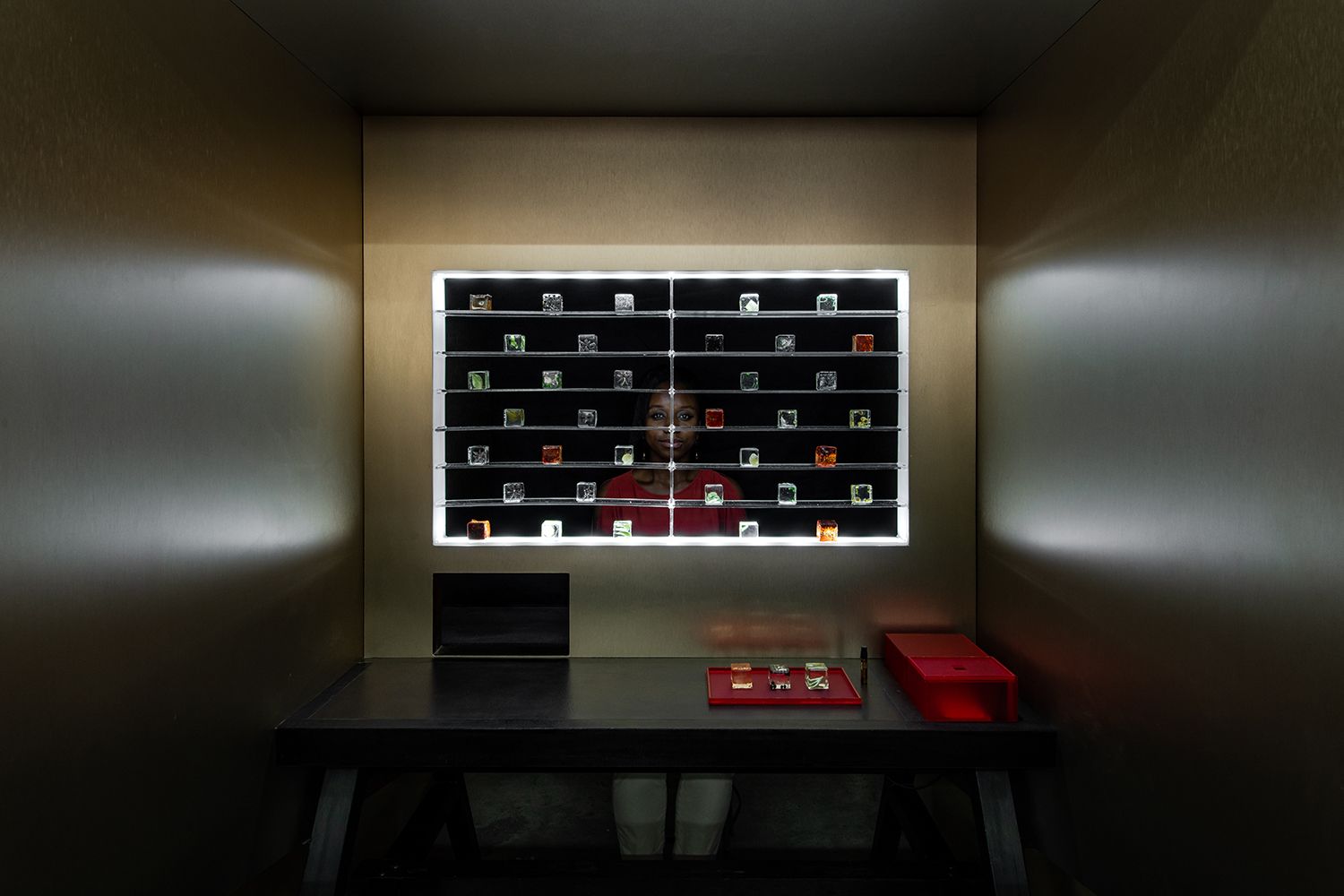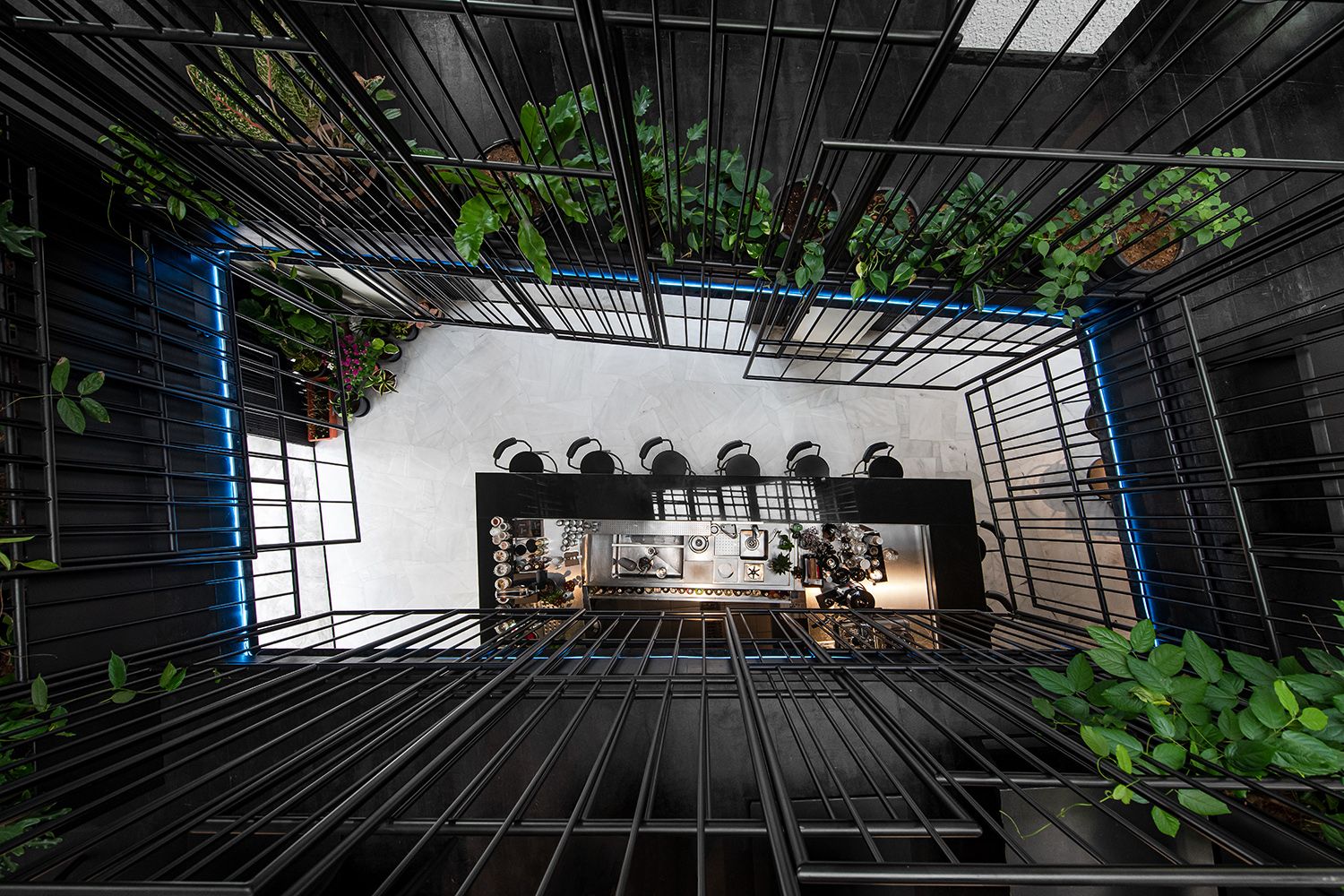The co-founders of Pow Ideas design collective are upping the 'pow' factor with each project and empowering Malaysia's design community, one idea at a time
"We do a lot of things besides just architecture, you know," quips Kyle E Yon. Hint taken – labels like 'interior designer' or 'landscape architect' only scratch the surface of what E and Jun Ong do at Pow Ideas, the brand responsible for designing some of the most eye-popping and Instagram-worthy venues in Kuala Lumpur.
From the Miami-inspired pink-hued poolside of Kuala Lumpur Journal Hotel Swimming Club to eye-catching eateries like Merchant's Lane in Chinatown, the gamut of styles and themes in Pow Ideas' eclectic repertoire only gets better and bigger with time.
See also: 6 Interior Designers To Know In Malaysia
In early February 2020, E and Ong organised the Pow Down 2020 design forum with the aim of bringing the local community of designers, artists and creators closer together over sharing sessions and panel discussions.
"Our official company name is literally Pow Ka Liou Sdn Bhd, and true to our name and our nature, we do everything," says Melbourne-trained E, 34, who cut his teeth at local landscape architecture firm Seksan Design following a stint building homes at EPIC Collective. "We don’t like limiting ourselves to only one thing."
See also: Meet Malaysian Artist-Architect Hong Yi






